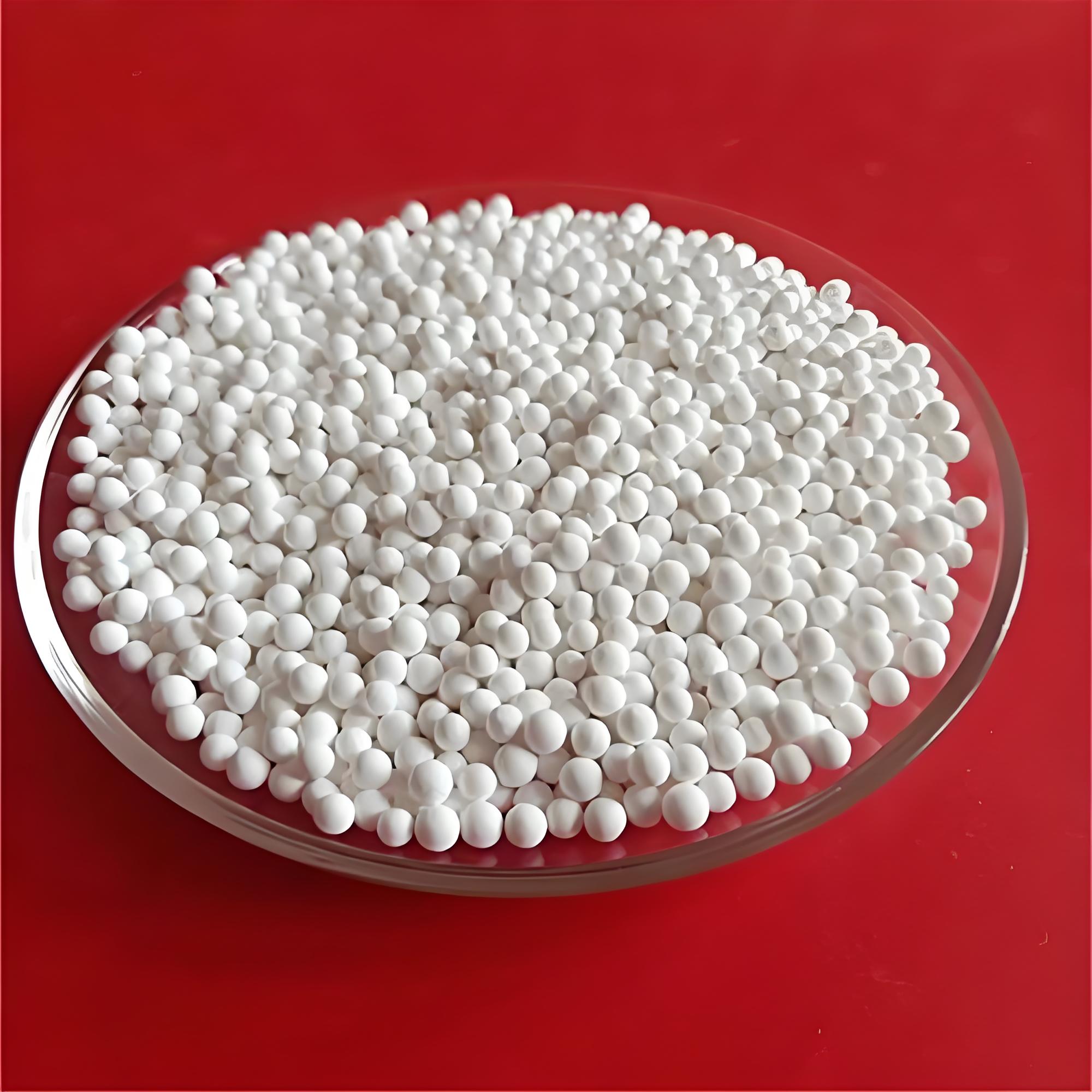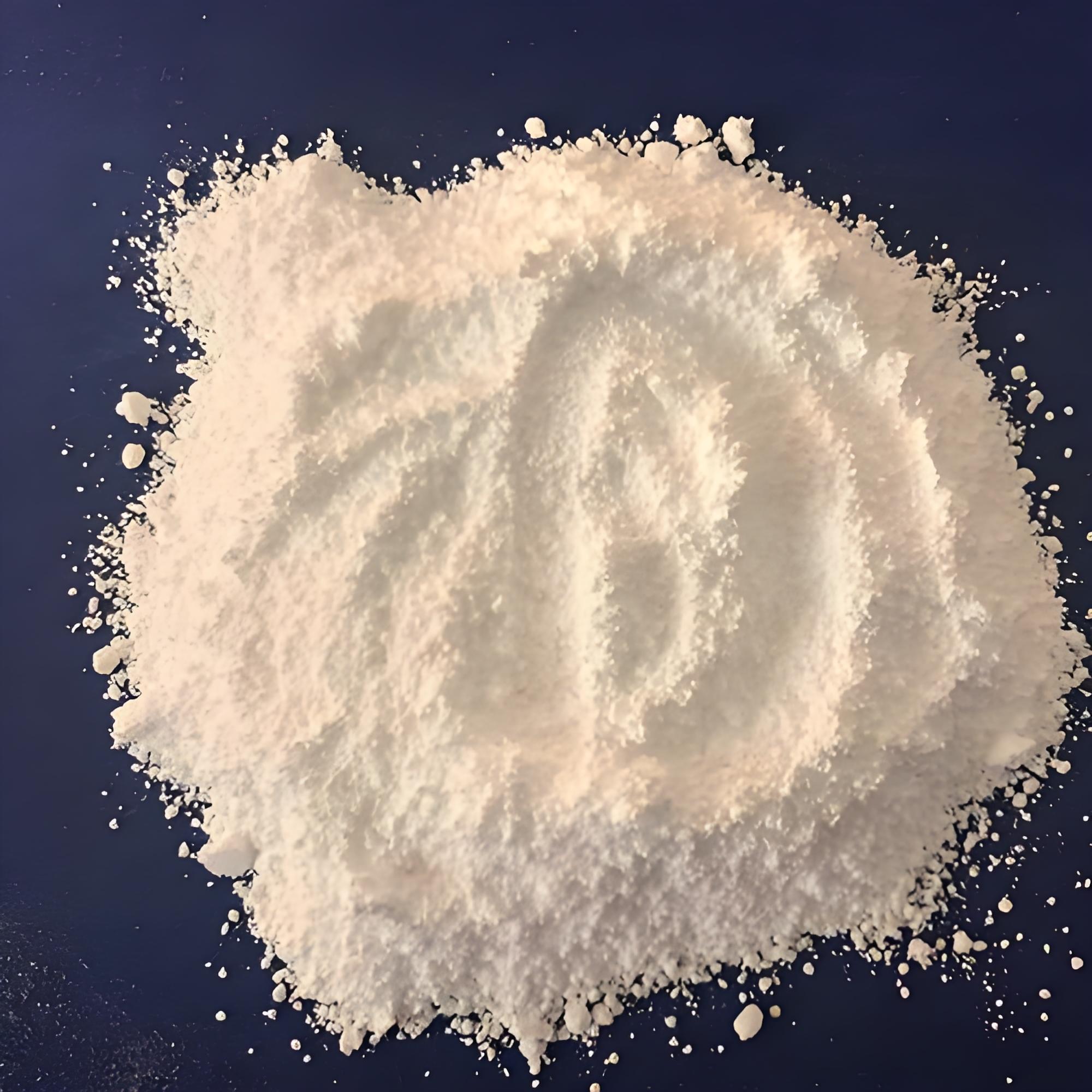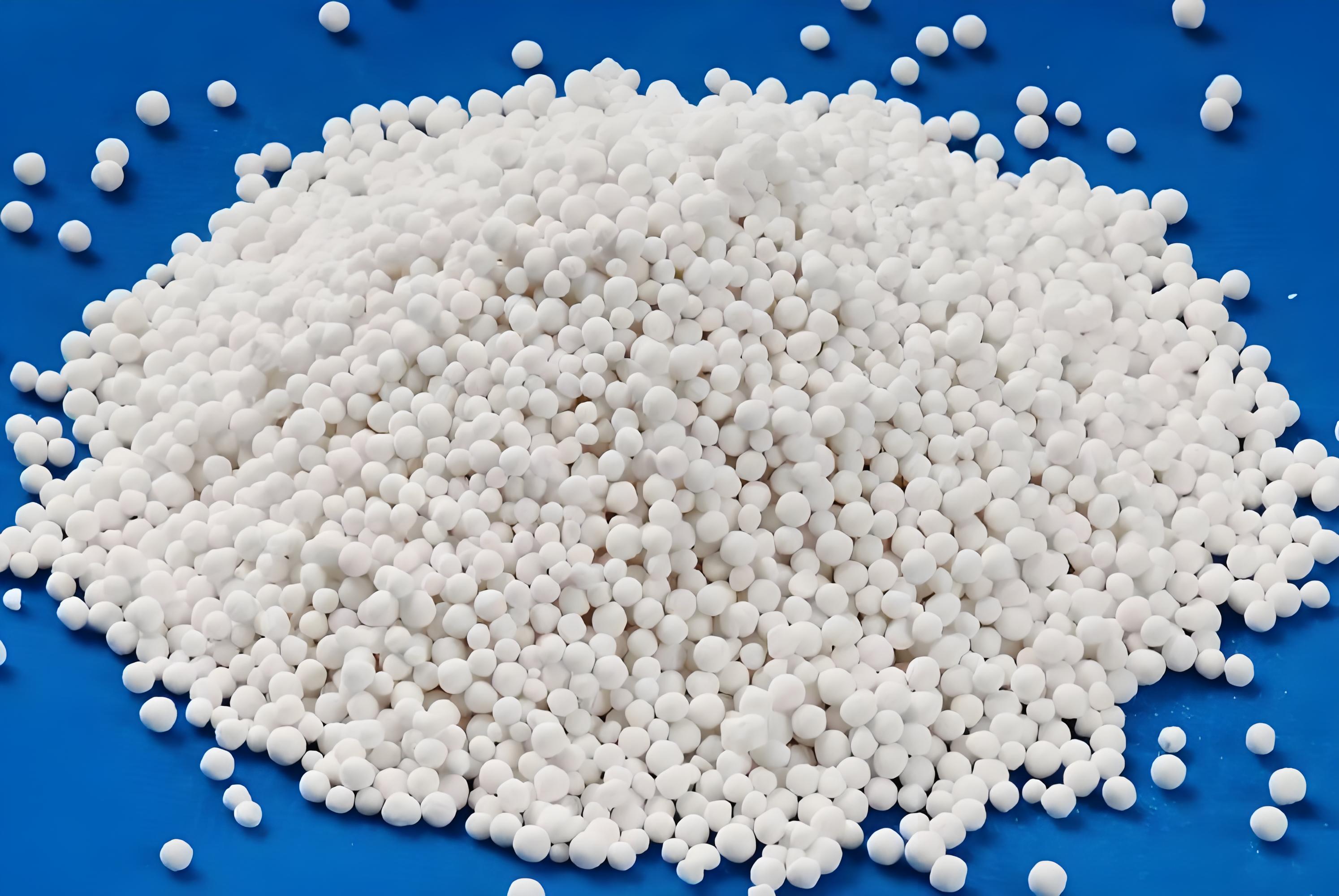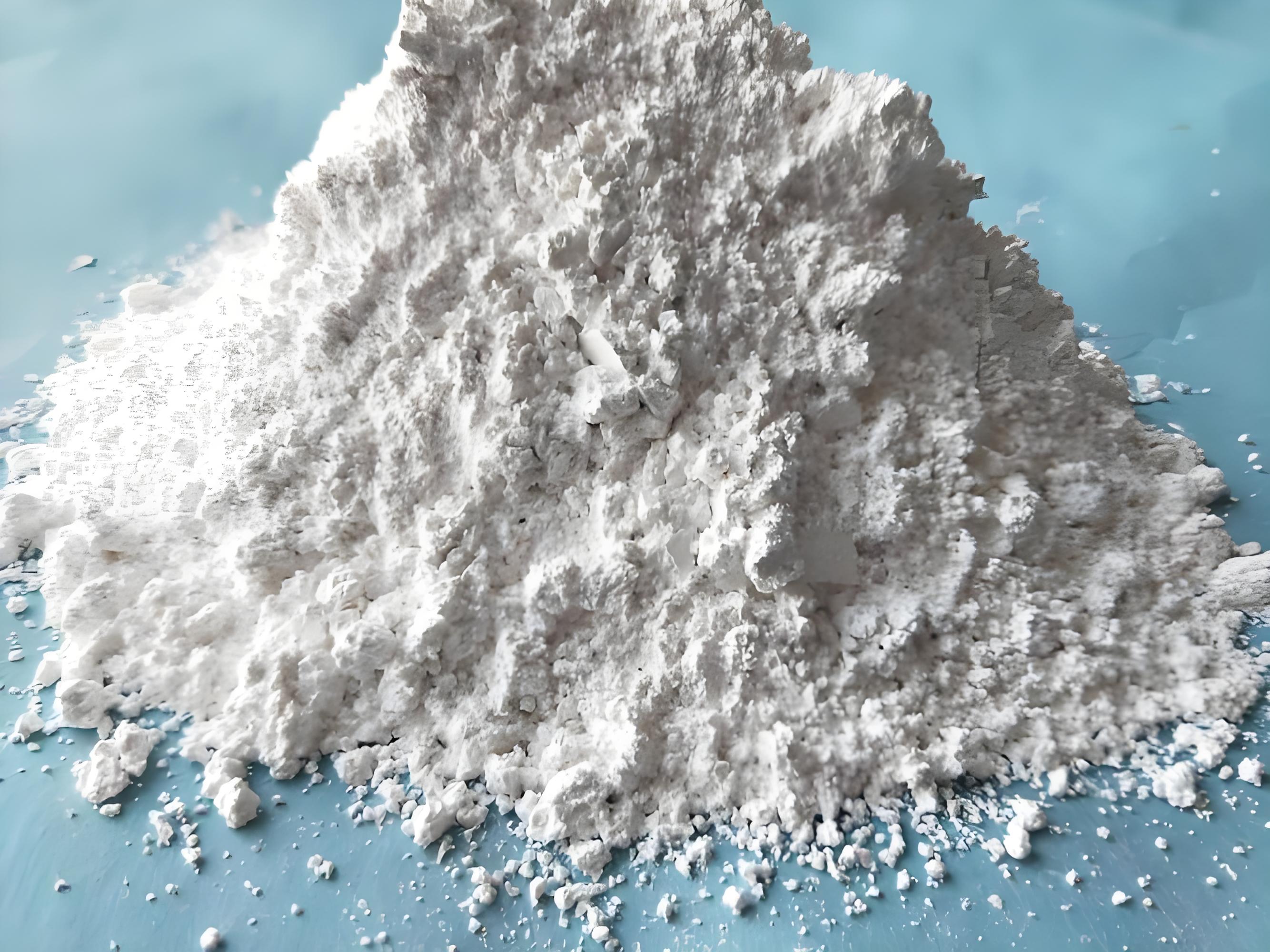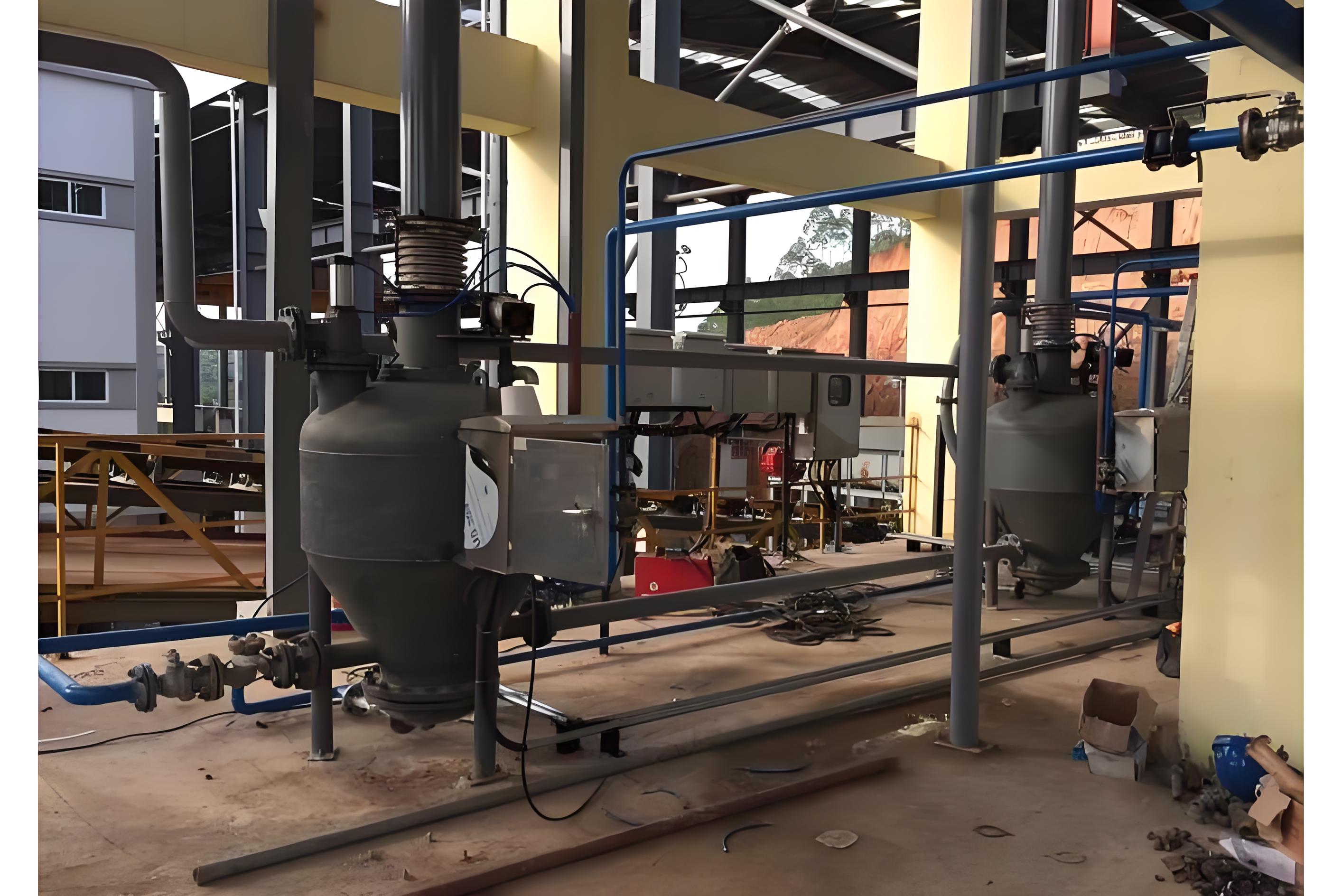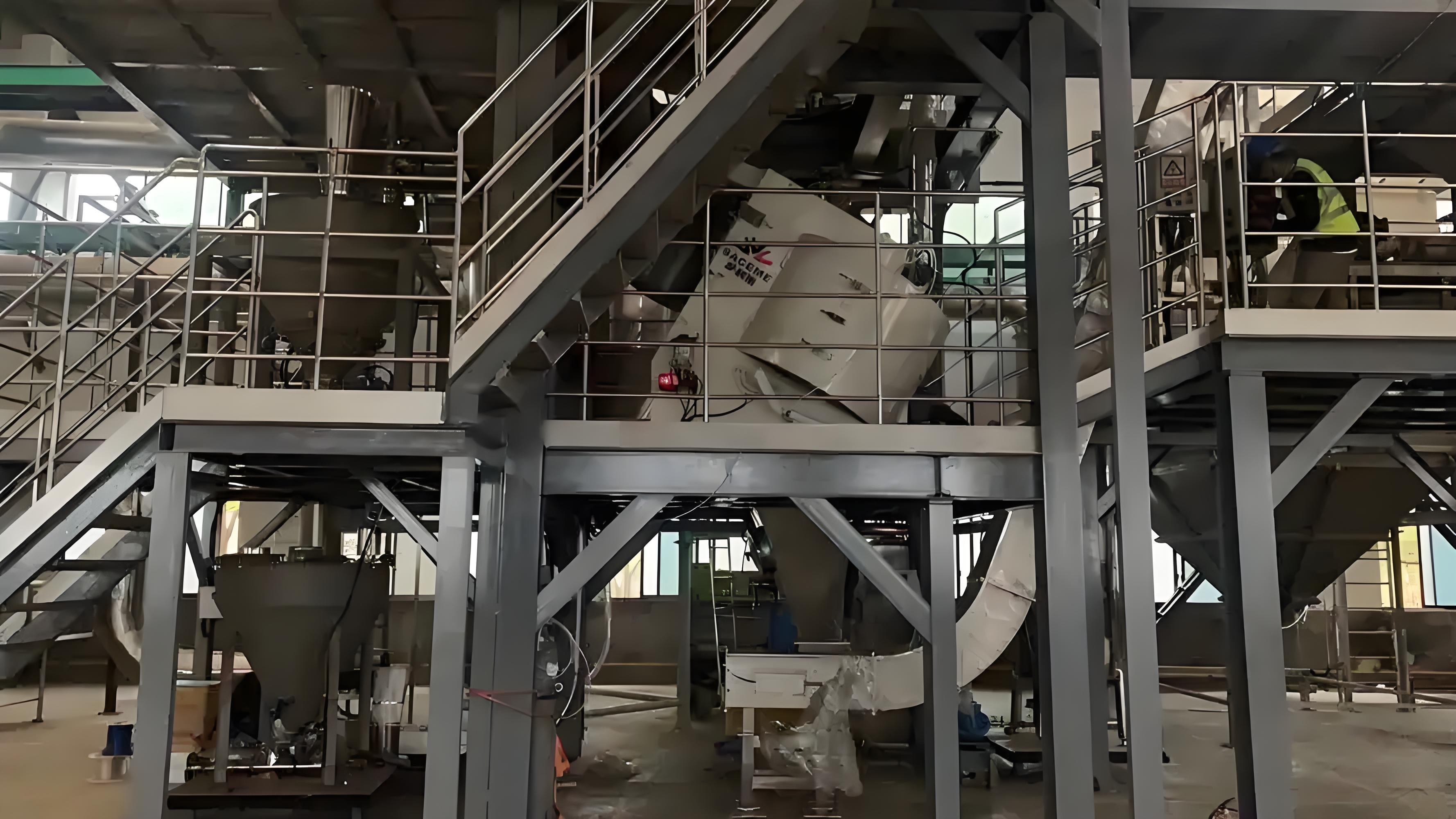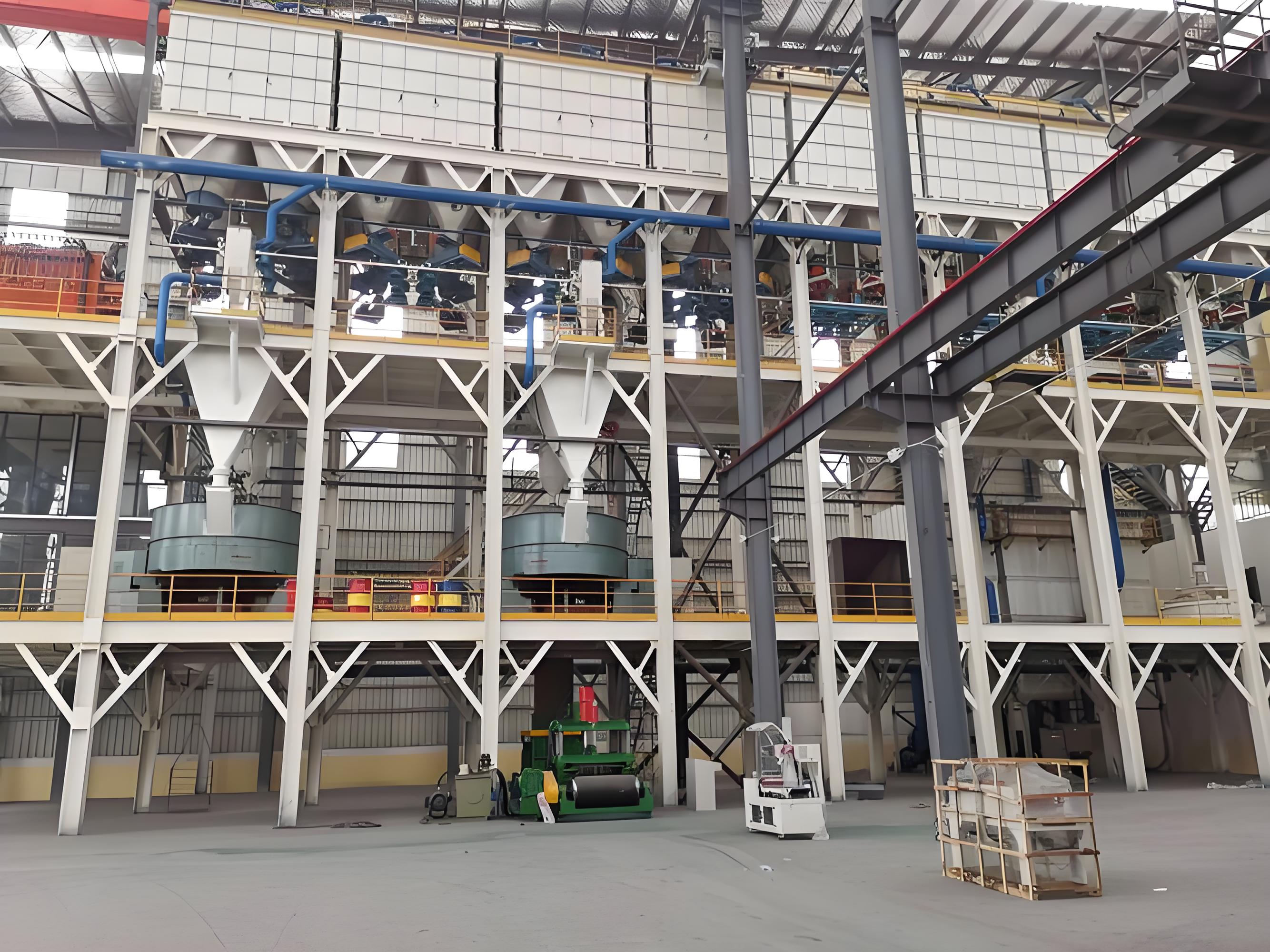Aluminum oxide pneumatic conveying
Shandong Dongkai can provide turnkey projects such as process demonstration, design, equipment production, equipment installation, and system debugging for alumina pneumatic conveying systems based on the actual production and usage site layout of alumina materials.
Aluminum oxide, also known as alumina or corundum, is a typical amphoteric oxide with the molecular formula AI2O3 and a relative molecular weight of 101.96. It is a white powder with a density of 3.9~4.0g/cm3, a melting point of 2050 ℃, and a boiling point of 2980 ℃. Aluminum oxide has various allotropes, such as α - Al2O3, β - Al2O3, γ - Al2O3, X-Al2O3, Θ - Al2O3, η - Al2O3, etc. The commonly stable structures are mainly α - Al2O3 and β - Al2O3. Aluminum oxide can be divided into three types: sandy, powdery, and intermediate. It is insoluble in water, soluble in inorganic acids and alkaline solutions. Due to the different crystal forms of alumina, its solubility and dissolution rate in acid and alkali solutions also vary. Aluminum oxide can react with both acid and alkali, so although the oxide film on the surface of aluminum products can protect them from rusting due to reactions with oxygen, water, etc., it cannot resist acid and alkali.
Characteristic: A white solid that is difficult to dissolve in water, odorless, tasteless, extremely hard in texture, easily hygroscopic but not deliquescent (non hygroscopic after burning). Aluminum oxide is a typical amphoteric oxide (corundum is an alpha form belonging to the hexagonal densest packing, an inert compound, slightly soluble in acid and alkali, corrosion-resistant), soluble in inorganic acids and alkaline solutions, almost insoluble in water and non-polar organic solvents.
Aluminum oxide contains the elements aluminum and oxygen. If the bauxite raw material is chemically treated to remove oxides such as silicon, iron, and titanium, the resulting product is high-purity alumina raw material with Al2O3 content generally above 99%. The mineral phase is composed of 40% to 76% gamma Al2O3 and 24% to 60% alpha Al2O3. γ - Al2O3 can be transformed into α - Al2O3 at 950-1200 ℃, accompanied by significant volume shrinkage.
Physical properties:
Appearance and condition: White solid powder, odorless and tasteless, easy to absorb moisture but not deliquescent.
Melting point: The melting point is about 2054 ℃, the boiling point is about 2980 ℃, and the density is 3.965 g/cm ³.
Conductivity: It is an insulator at room temperature and can exhibit conductivity at high temperatures or after doping.
Solubility: Difficult to dissolve in water, ethanol, and ether, slowly soluble in concentrated sulfuric acid and alkaline solutions.
Chemical properties:
Sexual characteristics: It can react with acids to form salts and water, as well as with bases to form aluminum salts.
Stability: Stable at high temperatures, it is the raw material for preparing aluminum metal by electrolysis method (requiring molten cryolite medium).
